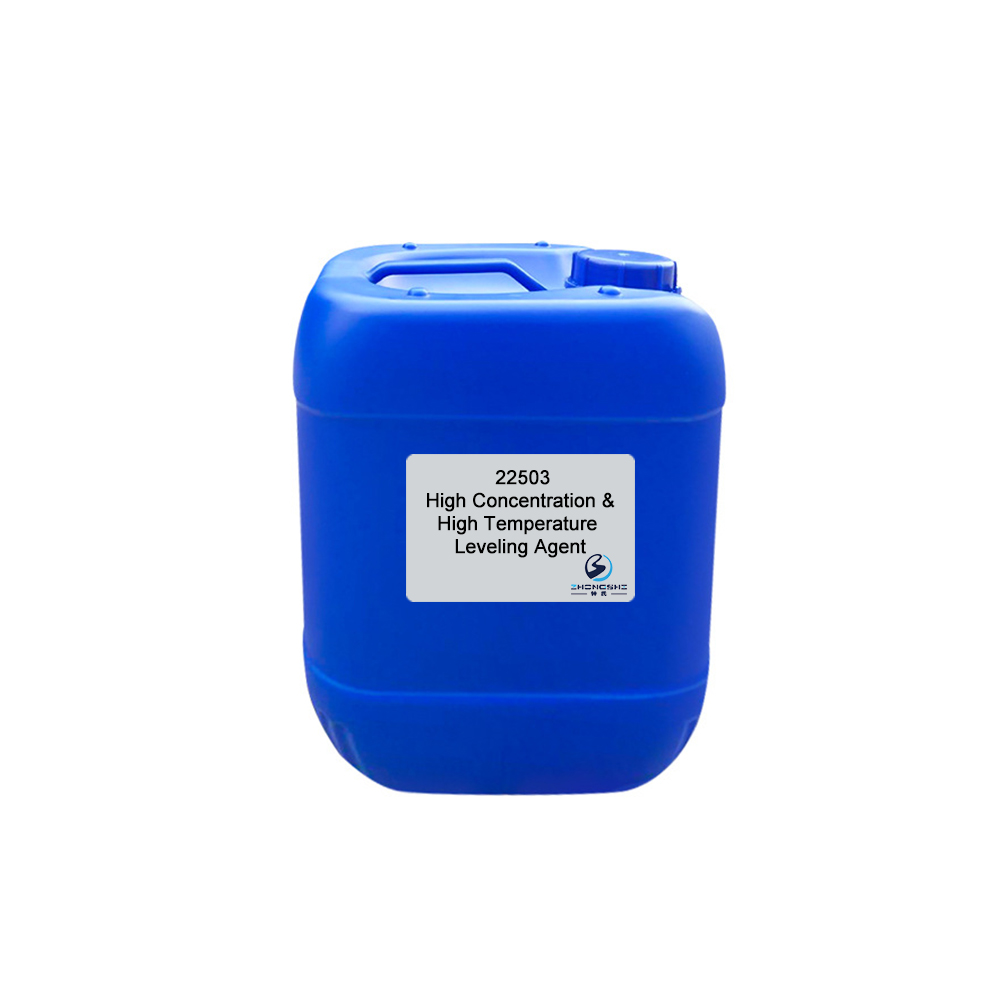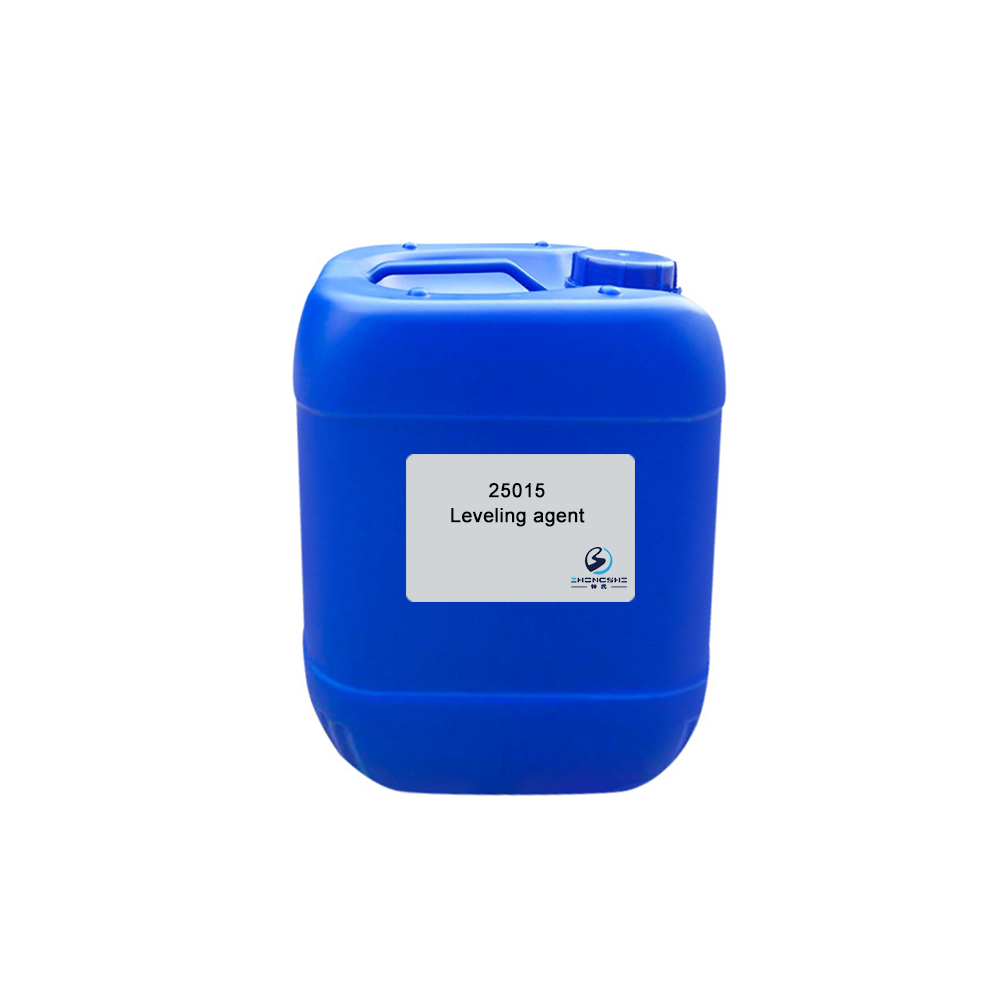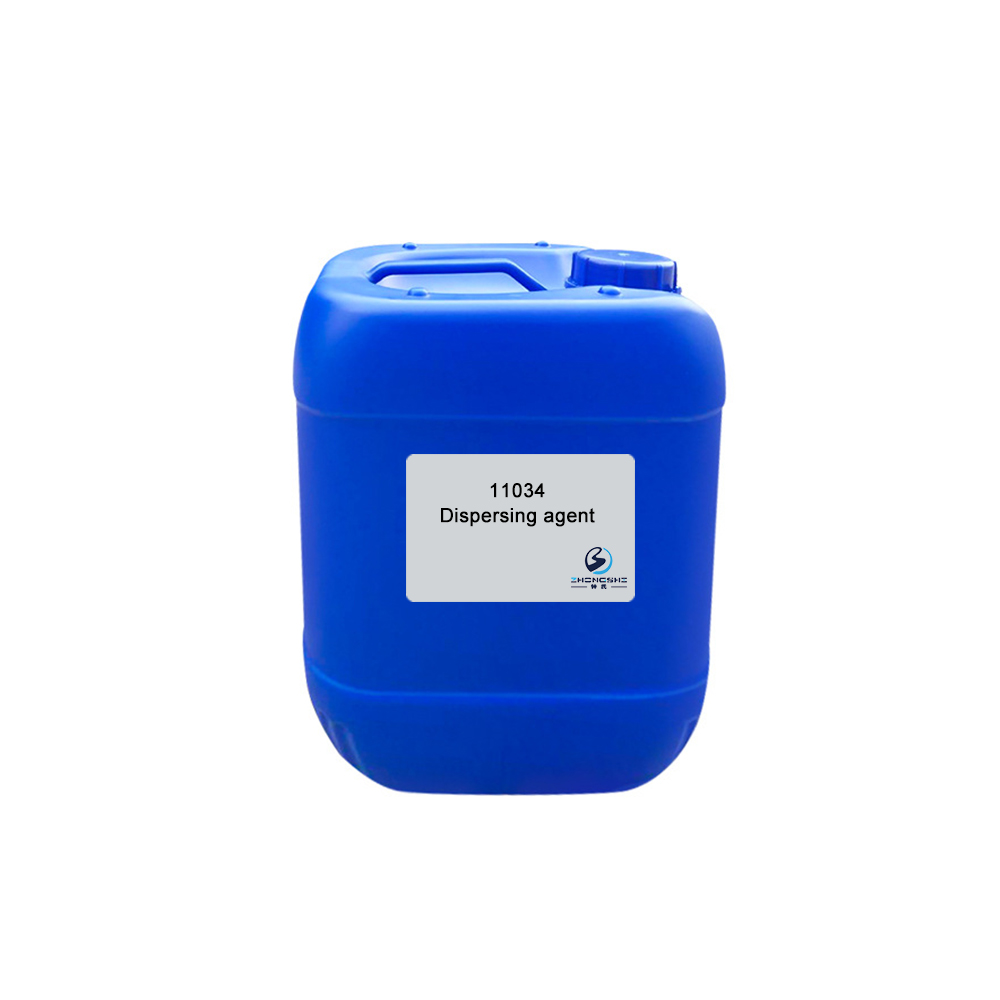23119 Dispersing Leveling Agent
Features & Benefits
- Contains no APEO or PAH, etc. Fits environmental protection requirements.
- Excellent leveling performance. Can shorten the dyeing time, improve production efficiency and save energy.
- Strong ability of retarding. Can effectively decrease the initial dyeing rate and solve dyeing defect problem caused by un-simultaneous dyeing of mixed dyes.
- Extremely low foam. No need to add defoaming agent. Reduces silicone spots on cloth and pollution to equipment.
- Improves application property of dispersing dyes, especially the using effect of low-end dyes.
Typical Properties
| Appearance: | Milk white liquid |
| Ionicity: | Anionic/ Nonionic |
| pH value: | 6.0±1.0 (1% aqueous solution) |
| Solubility: | Soluble in water |
| Content: | 80% |
| Application: | Polyester fibers and polyester blends, etc. |
Package
120kg plastic barrel, IBC tank & customized package available for selection
TIPS:
Principles of dyeing
The objective of dyeing is to produce uniform coloration of a substrate usually to match a pre-selected color. The color should be uniform throughout the substrate and be of a solid shade with no unlevelness or change in shade over the whole substrate. There are many factors that will influence the appearance of the final shade, including: texture of the substrate, construction of the substrate (both chemical and physical), pre-treatments applied to the substrate prior to dyeing and post-treatments applied after the dyeing process. The application of color can be achieved by a number of methods, but the most common three methods are exhaust dyeing (batch), continuous (padding) and printing.









